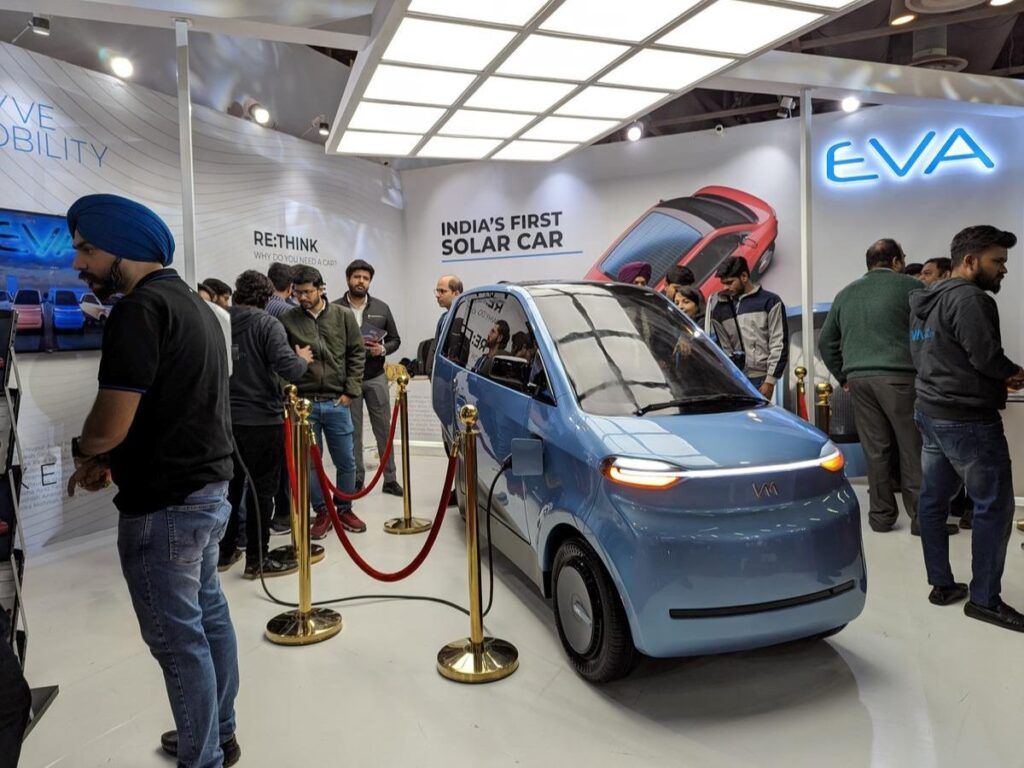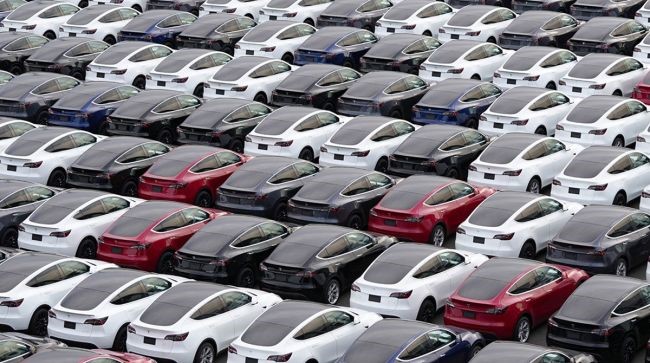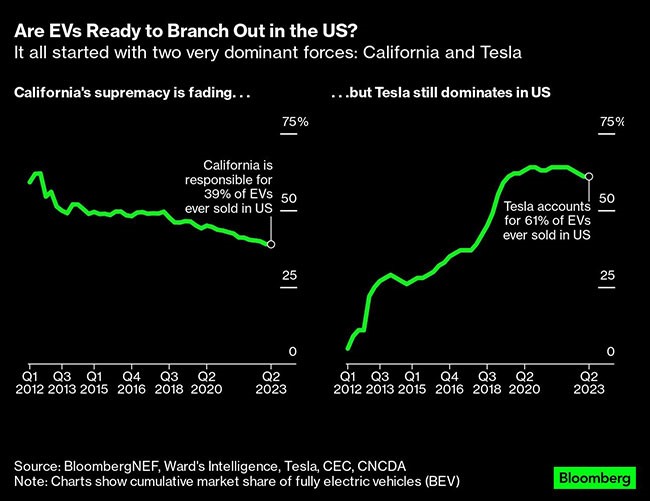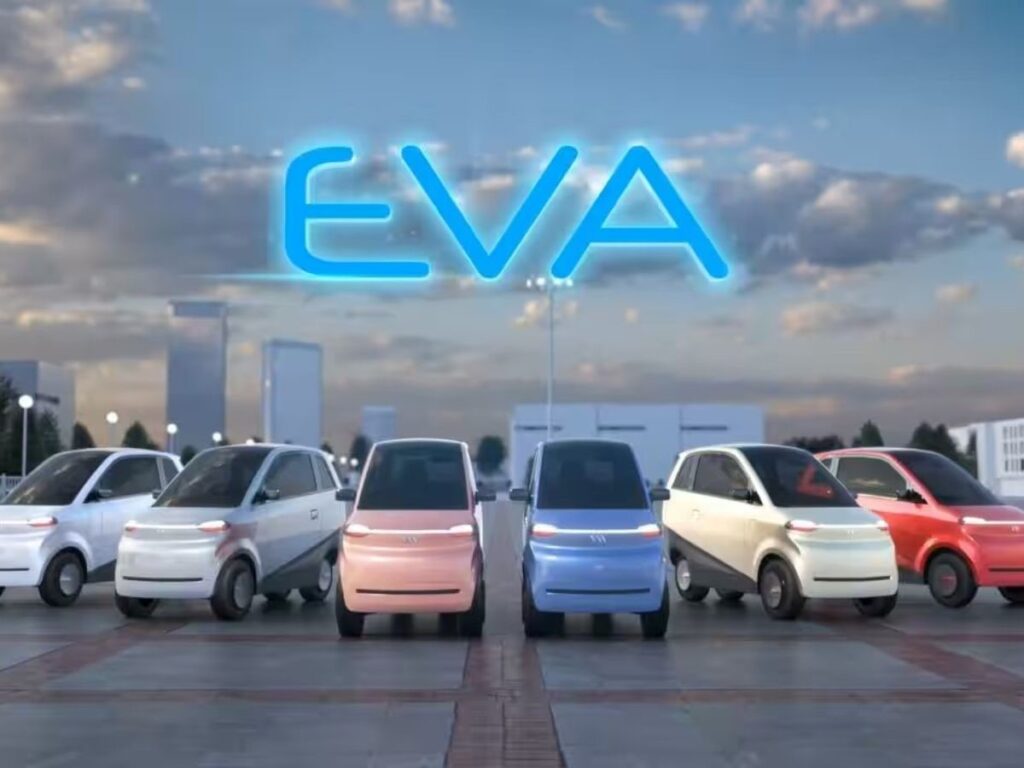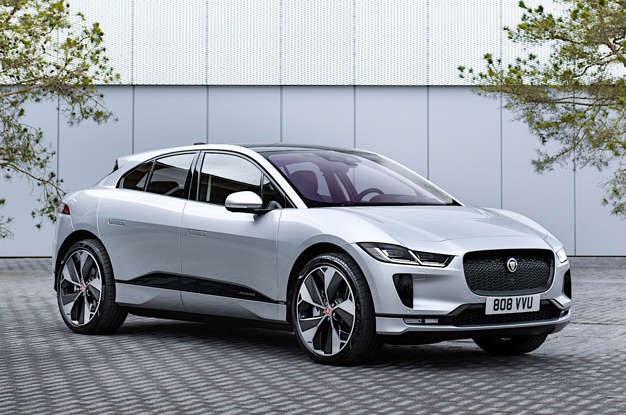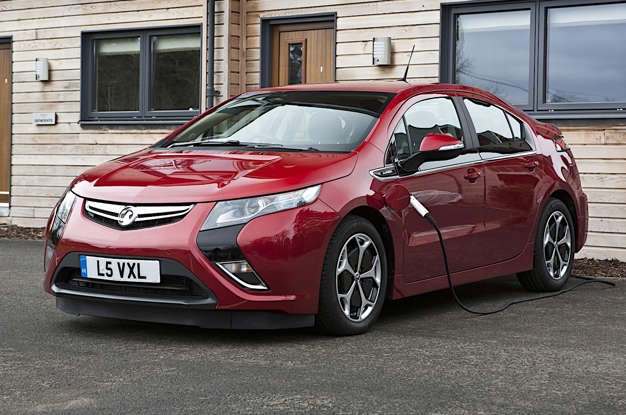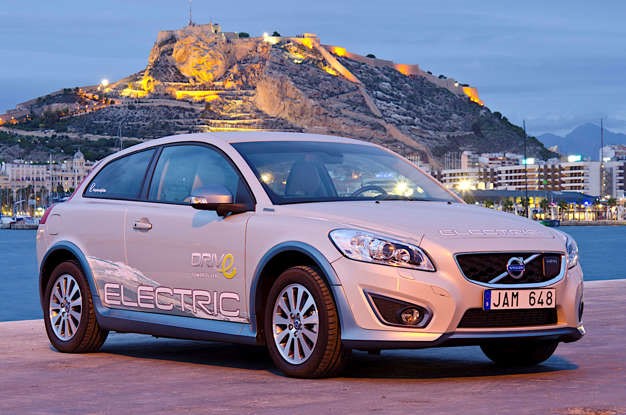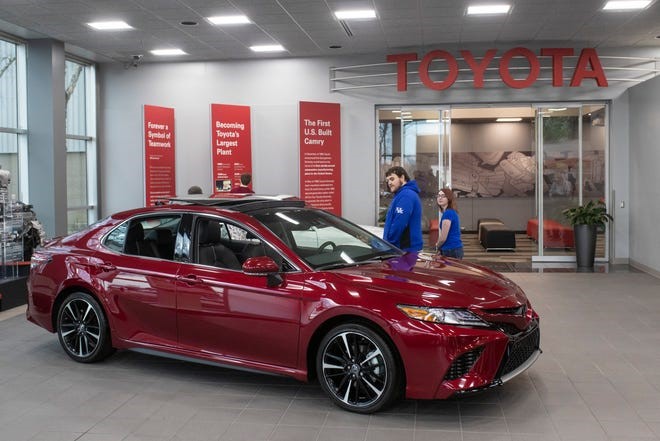Introduction:
Hybrid Vehicles:
The hybrid Vehicles market in India is ahead of any other alternative fuel vehicles and surpasses electric vehicles. The popular model Toyota Innova Hycross and Grand Vitara Hybrid, are practical and eco-friendly options for customers and driving a surge in hybrid car sales.
Toyota has emerged as the largest hybrid electric vehicle brand in India.

Fig: Schematic diagram of Hybrid Vehicles
Toyota has emerged as the largest hybrid electric vehicle brand in India.

When the BEVs (battery-electric vehicles) face challenges in the market, the HEVs (Hybrid electric vehicles) are experiencing remarkable growth in India. The JATO Dynamics data says that the sale of hybrid cars increased by 27% from January to July 2024 and reached 51897 units as compared to the 40811 units during the same period last year. This surge highlights a growing acceptance of hybrid vehicles among Indian consumers.
The rise in hybrid vehicle sales is largely attributed to the popularity of strong hybrids, or HEVs, which saw a 27.1 percent increase in sales to 51,832 units from 40,773 units last year. Strong hybrids combine a conventional internal combustion engine (ICE) with a battery-powered electric motor, allowing them to run on both petrol or diesel and electric power. Unlike mild hybrids, which use a smaller battery to assist with electrical components and provide a minor boost during acceleration, strong hybrids can operate solely on electric power. In addition to strong hybrids, mild hybrids also contributed to the growth in hybrid vehicle sales. When mild hybrid electric vehicles (MHEVs) are included, the total sales of hybrid vehicles reached 2,90,912 units in the first seven months of 2024, up 13 percent from 2,56,075 units in the same period last year.
Sales by Powertrain in India as Per JATO Dynamics Report:
| Powertrain Type | January–July 2023 | January–July 2024 | Growth |
| Internal Combustion Engine Vehicles(ICEVs) | 17,25,581 | 18,37,164 | 6.50% |
| Mild Hybrid Electric Vehicles(MHEVs) | 2,15,264 | 2,39,015 | 11.00% |
| Battery Electric Vehicles(BEVs) | 49,028 | 54,118 | 10.40% |
| Hybrid Electric Vehicles(HEVs) | 40,773 | 51,832 | 27.10% |
| Plug-in Hybrid Electric Vehicles(PHEVs) | 38 | 65 | 71.10% |
| Grand Total | 20,30,684 | 21,82,193 |
Advantages of hybrid Vehicles:
Several factors contribute to the increasing popularity of hybrid vehicles in India. The Managing Director of JATO Dynamics, Ravi Bhatia, explains that hybrids balance cost and eco-friendliness. “Hybrid cars are witnessing a major acceptance because of the lower initial cost than full EVs. While there are fuel efficiency benefits without range anxiety, these vehicles are compatible with existing infrastructure”.
Breakup of the passenger Vehicles PIE
Powertrain Share-India.
| Powertrain Type | January–July 2023 | January–July 2024 | Change |
| Internal Combustion Engine Vehicles(ICEVs) | 85% | 84.02% | -0.80% |
| Mild Hybrid Electric Vehicles(MHEVs) | 10.60% | 11.00% | 0.40% |
| Battery Electric Vehicles(BEVs) | 2.40% | 2.50% | 0.10% |
| Hybrid Electric Vehicles(HEVs) | 2.00% | 2.40% | 0.40% |
| Plug-in Hybrid Electric Vehicles(PHEVs) | 0.00% | 0.00% | 0.00% |
| Grand Total | 100% | 100% |
When asked why automakers are sharpening their focus on hybrids, Mr. Bhatia, M.D of JATO Dynamics, explained that there is a balance of eco-friendliness and practicality with hybrids, as, “There are fuel savings without complete dependence on electricity and also because of familiarity with traditional powertrains. Above all, there is a lower perceived risk than full EVs.”
Industry players claim that tax registration waivers on hybrids in states like Uttar Pradesh, etc., are helping the rising footfalls at dealerships.
On the other hand, Battery Electric Vehicles (BEVs), saw the growth rates decline over the last few months. The total number of BEVs went up by just 10 percent during Jan-July on a YOY basis at 54,118 units as compared to 49,028 units during the same period last year, JATO Dynamics India data showed.
According to Bhatia, Hybrids are outpacing BEVs due to the lower barrier to entry for consumers, easier integration into existing lifestyles, and reduced dependency on charging infrastructure. “It is serving as a bridge technology for cautious adopters,” he noted.
Market dynamics and automaker strategies:
Hybrid vehicles’ success in India encourages automakers to expand their offerings in this segment. Over the last few years, many affordable hybrid models have entered the automobile market, including the Honda City Hybrid, Toyota Urban Cruiser Hyryder, and Maruti Grand Vitara Hybrid. The prices of these models are very competitive to make them accessible to consumers.
The Indian automakers are now preparing to promote a new trend of hybrid vehicles in the price range of Rs 15-25 lakh. The major Indian Car manufacturer Maruti has developed and introduced hybrid versions of their popular models Swift and Fronx. Even Kia launched its Kia Carnival hybrid, Toyota launched the Fortuner hybrid and Hyundai launched its Hyundai Kona hybrid models. These launches are expected to boost hybrid vehicle sales in India.
Toyota Kirloskar Motor (TKM) has emerged as a leader in the domestic hybrid electric vehicle market (HEV) market. As of now, in 2024, The Company TKM has sold over 50,000 units of its hybrid models, including the Innova Hycross, Urban Cruiser Hyryder, Camry Hybrid, and Vellfire. The Innova Hycross and Urban Cruiser Hyryder are the top-selling models, with 30,505 and 21,737 units sold respectively, until the first half of 2024.
The Executive Vice President, Mr. Vikram Gulati, of Toyota Kirloskar Motor(TKM), has said that with the existing market sentiments, we are confident of maintaining the growth momentum.
TOP-SELLING HYBRID VEHICLES MODELS IN 2024:
| Brand | Model | CY 2023 | CY2024 (YTD) |
| Toyota | Innova | 39539 | 30505 |
| Toyota | Urban Crusier Hyrider | 24872 | 21737 |
| Maruti Suzuki | Grand Vitara | 15171 | 6111 |
| Maruti Suzuki | Invicto | 3388 | 1975 |
| Toyota | Camry | 1819 | 1324 |
| Honda | City | 1983 | 657 |
| Toyota | Vellfire | 565 | 478 |
| BMW | XM | 112 | 64 |
| Land Rover | Defender | 9 | 2 |
| Land Rover | Range Rover | 17 | 2 |
| Land Rover | Range Rover Sports | 1 | 2 |
Source: JATO Dynamics India
The Indian Leading Car manufacturer Maruti Suzuki is also focusing on expanding its hybrid vehicle portfolio. As per the JATO Dynamics Report, the company sold 6,111 units of hybrid version of the grand Vitara and 1975 units of the Invicto in the first half of the year 2024.
The country’s largest carmaker proclaimed that it managed to see a 62.47 increase in its total strong hybrid car sales at 23,394 units during the April-June 2024 period as against 14,399 units in same period last year.
Honda Cars India Ltd (HCIL) has also made significant strides in the hybrid market with the introduction of the Honda City e: HEV by selling 1,953 units of this model last year and 657 units YTD. Honda Cars India Vice President (Marketing & Sales) Kunal Behl stated that the hybrid version of the City accounted for 11 percent of total City sales last year and has already increased to 13 percent this year and the company plans to continue developing both hybrid and electric powertrains as part of its future product lineup.
Challenges and future outlook:
Whereas hybrid vehicles are gaining traction, the battery-electric vehicles (BEV) market is undergoing slower growth. From January to July 2024, the BEV sales increased by just 10 percent, reaching 54,118 units compared to 49,028 units in the same period last year.
Mr. Bhatia, M.D of JATO Dynamics says that hybrids are currently outpacing the BEVs due to their lower entry barriers, easier integration into existing lifestyles, and reduced dependency on charging infrastructure.
Maybe in the coming years, fully electric vehicles will take the lead with the infrastructural improvements, and if the government special incentives to promote battery electric vehicles. But as of now, the hybrids are leading in the Indian Market
















